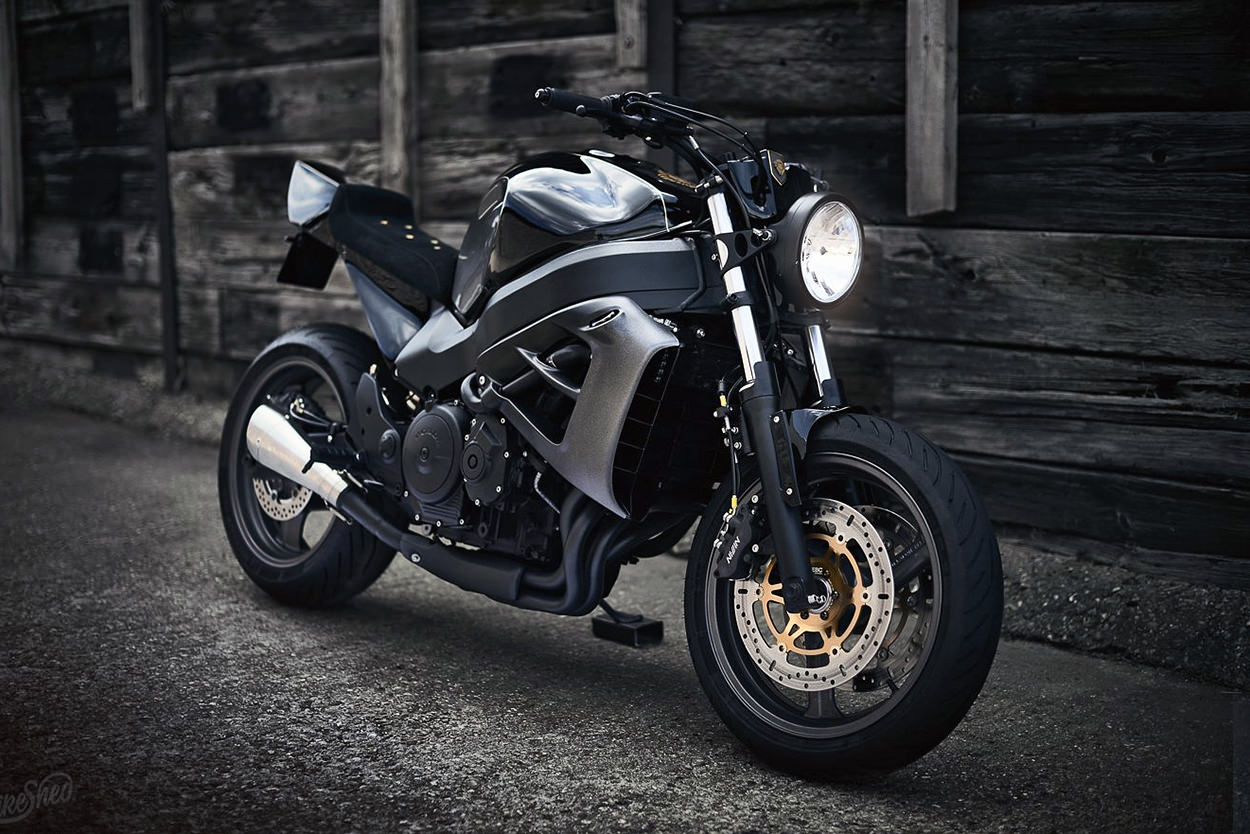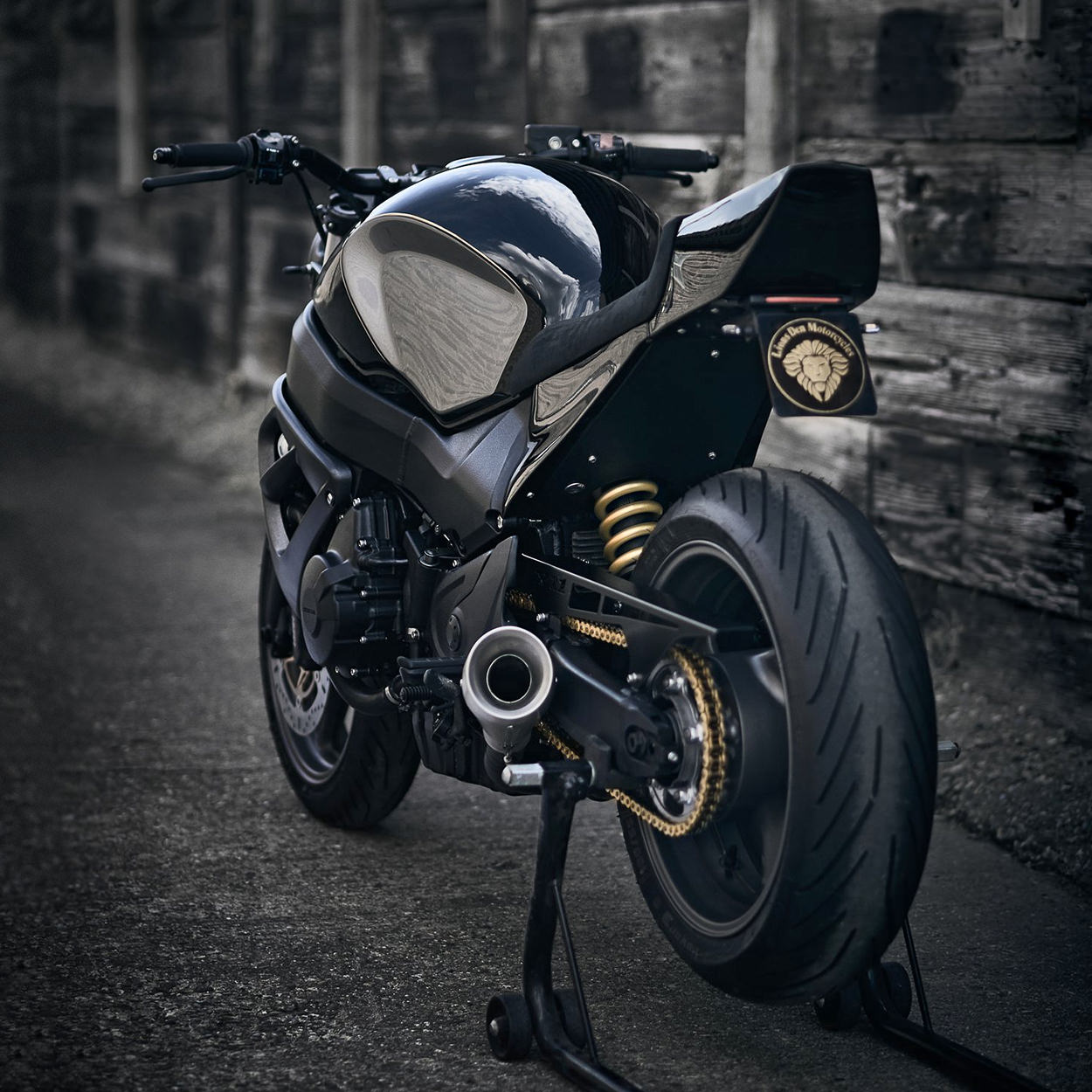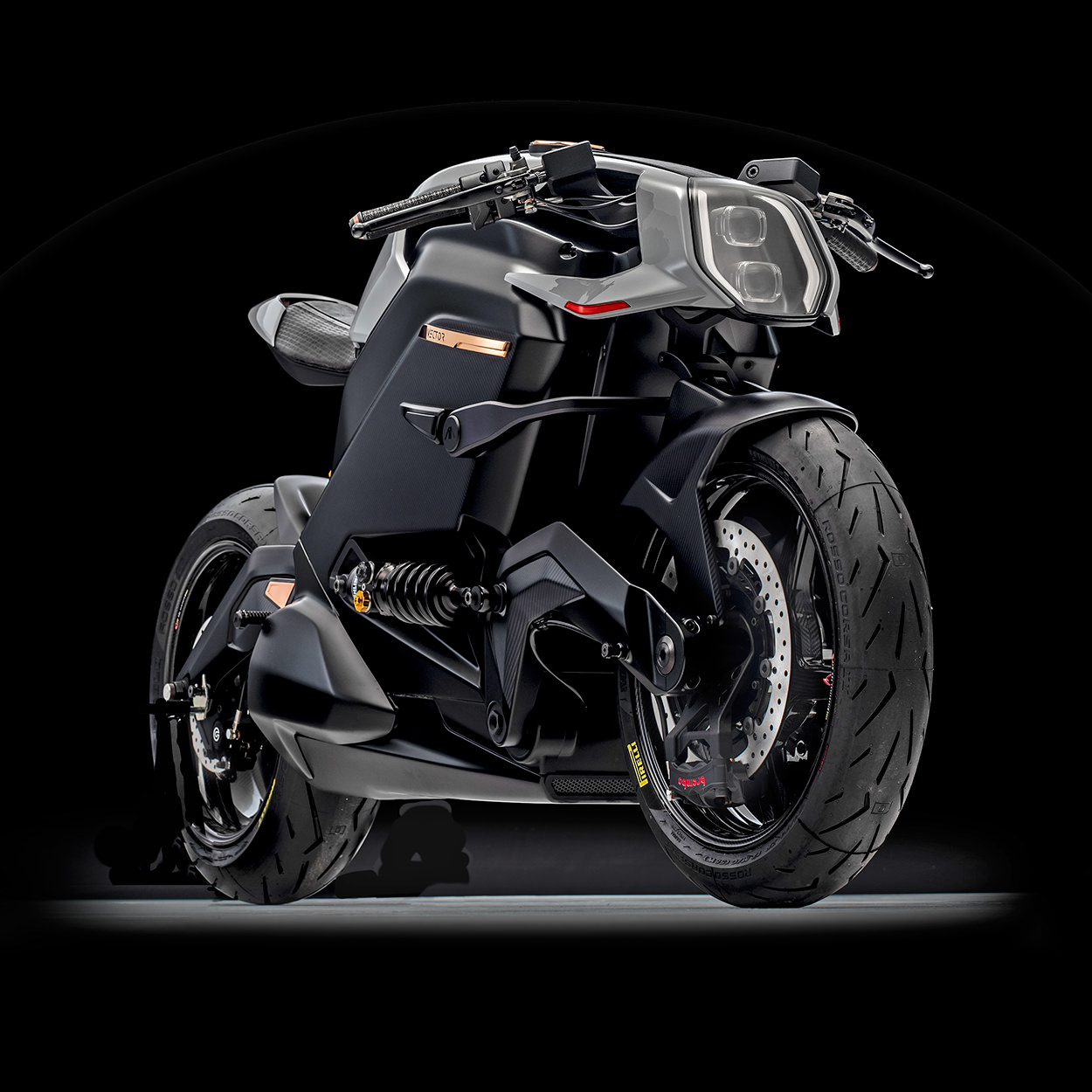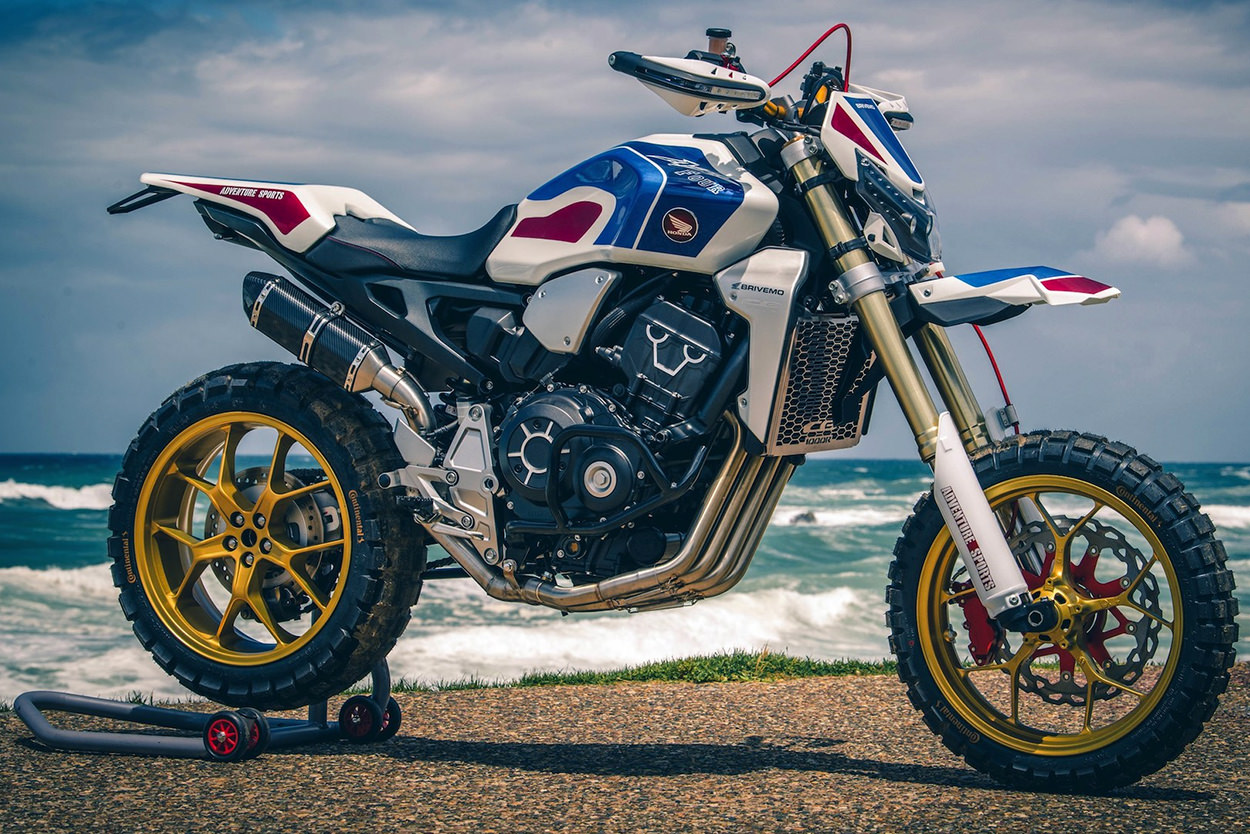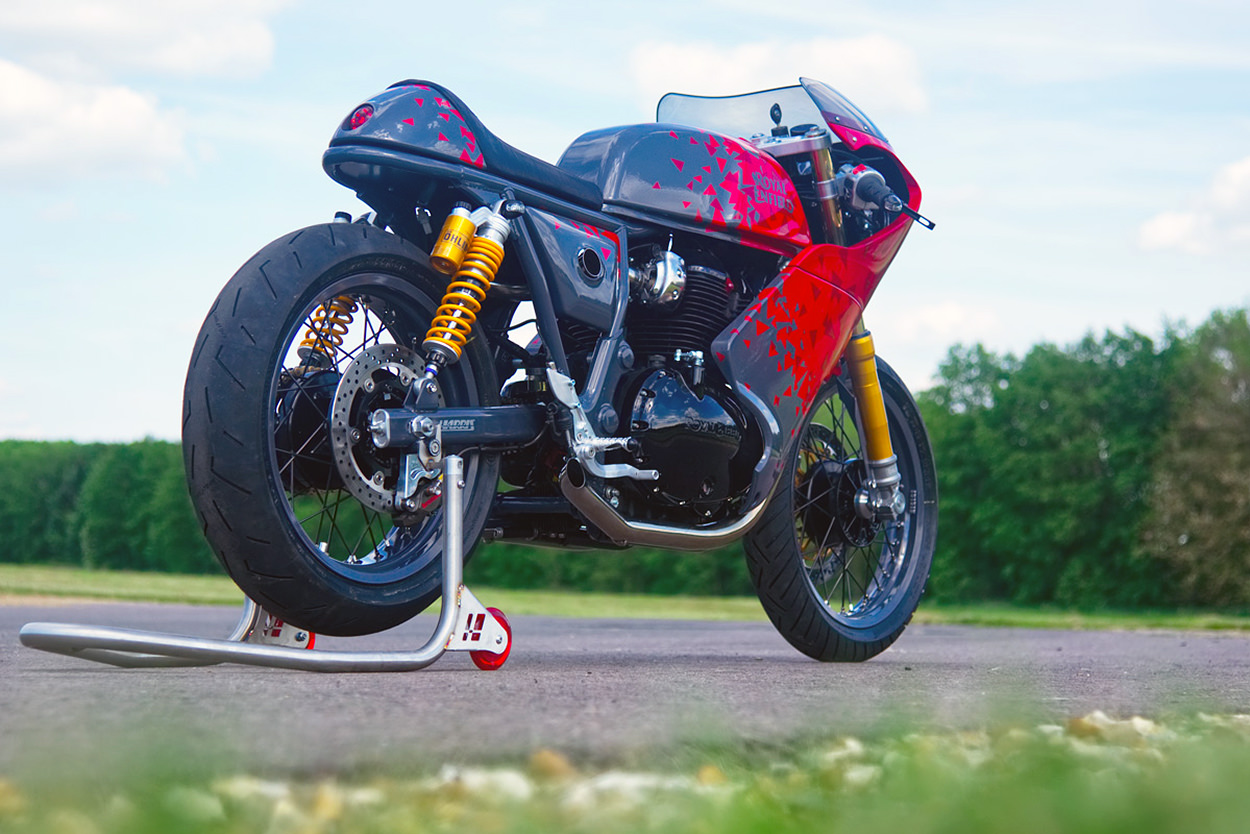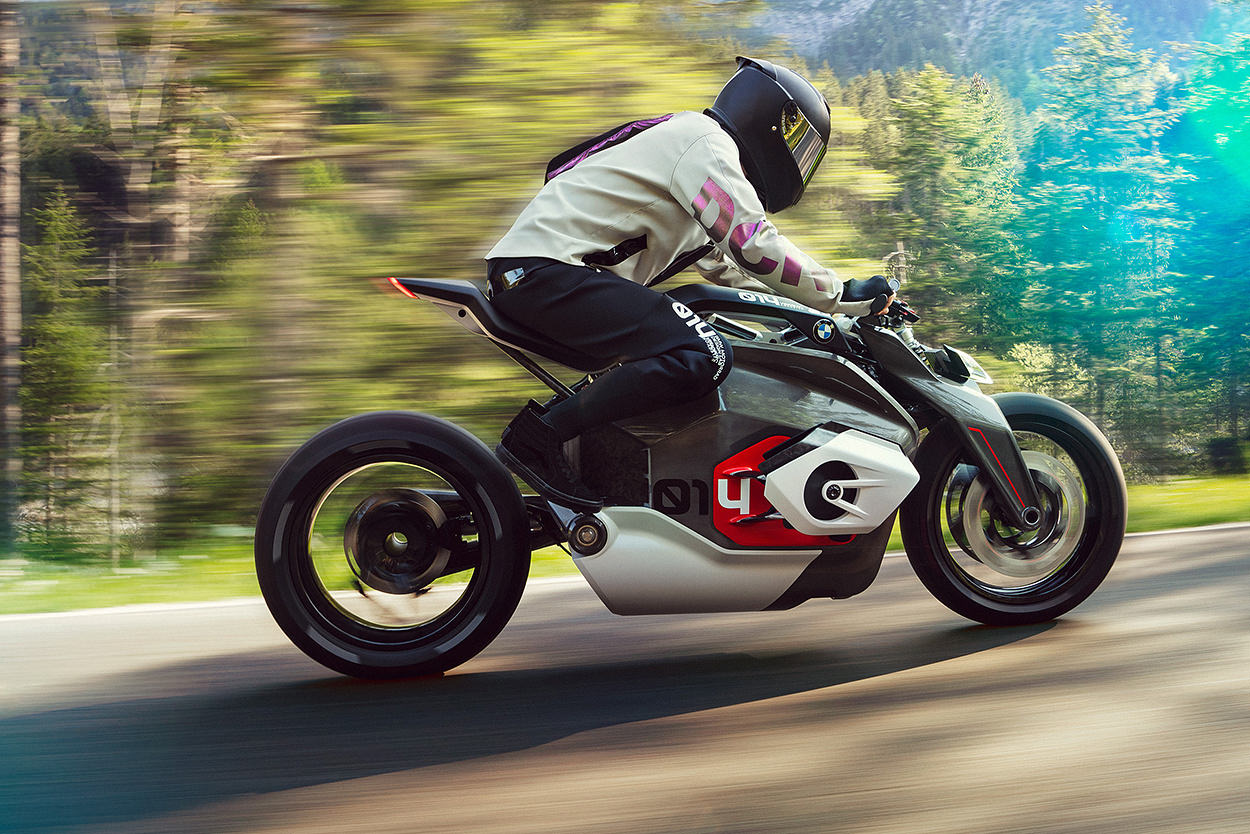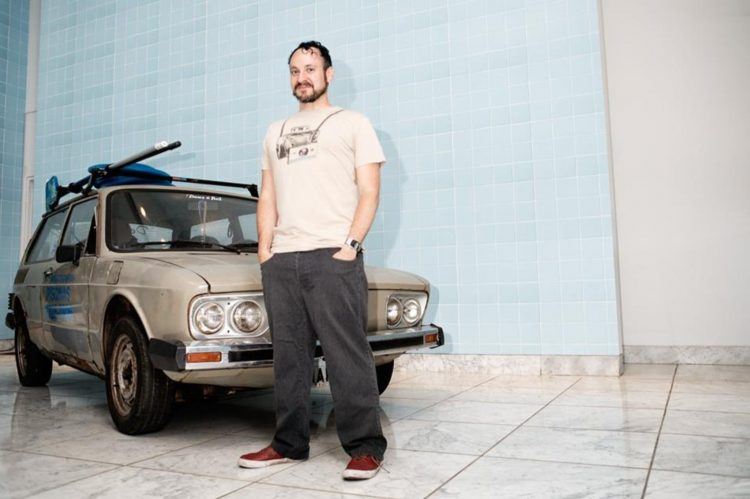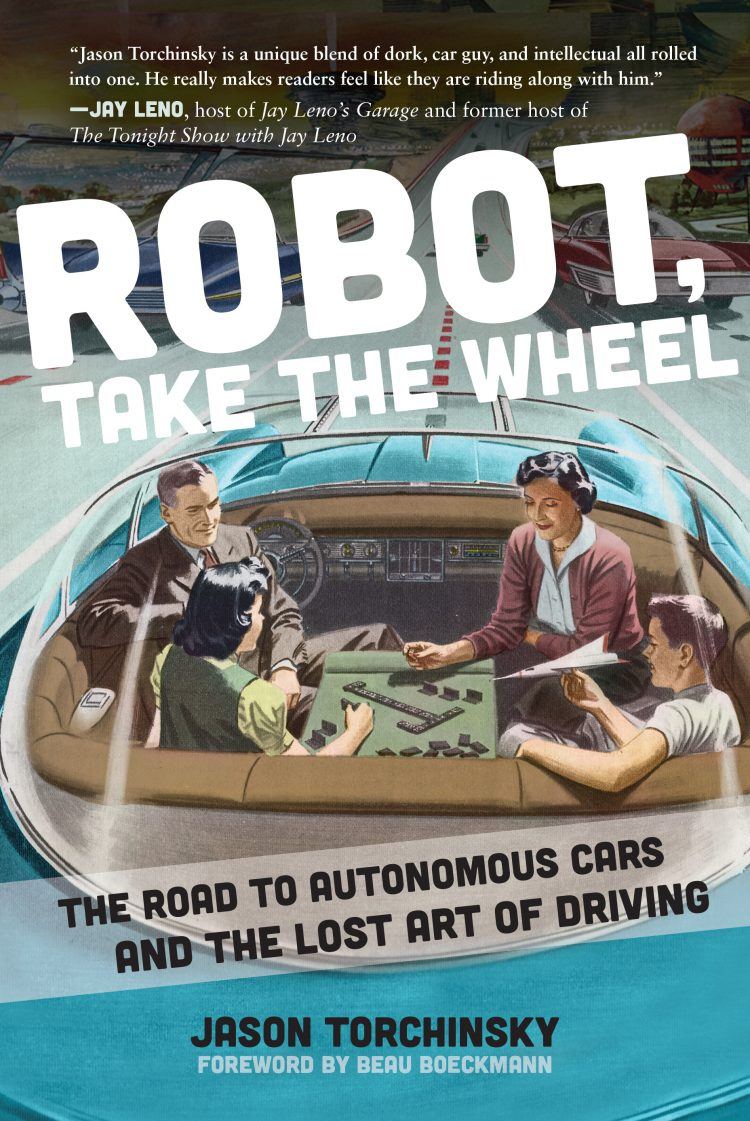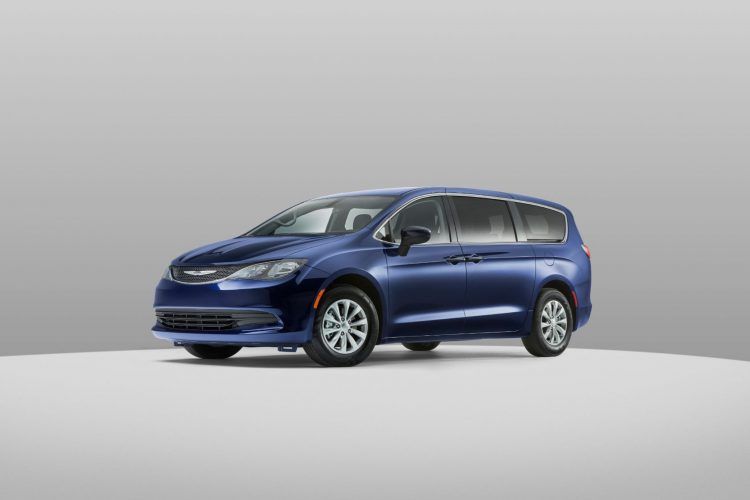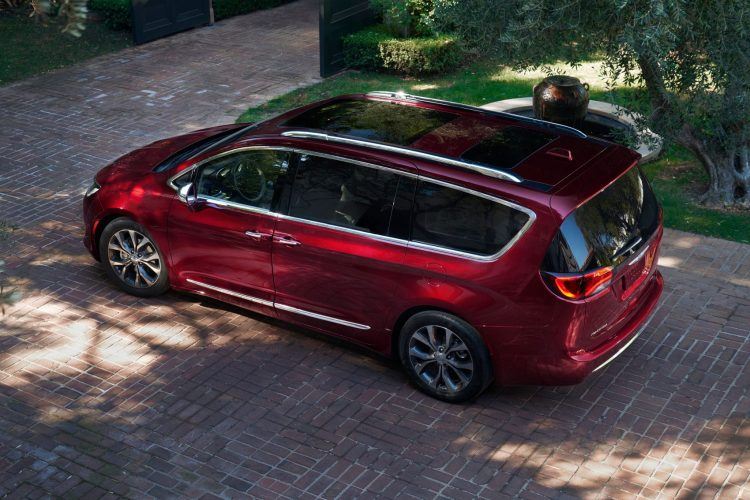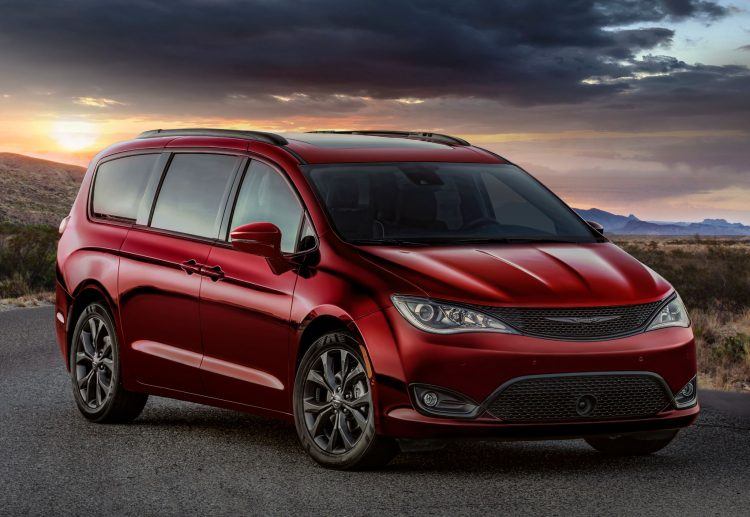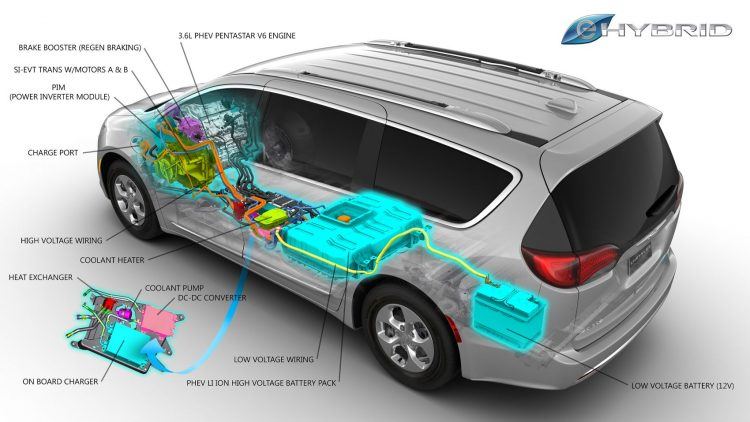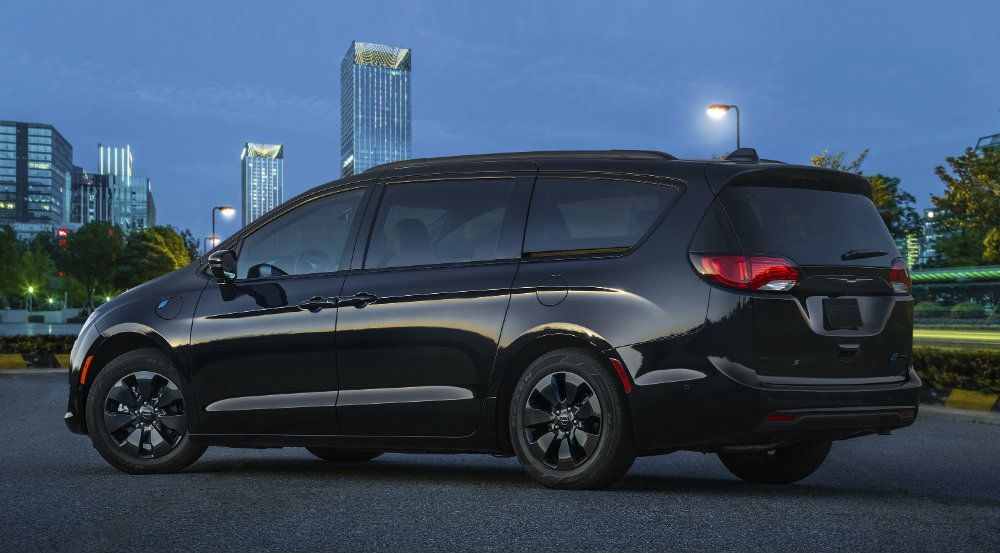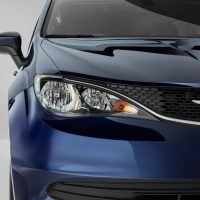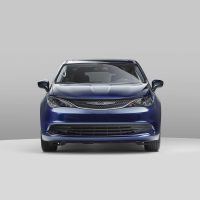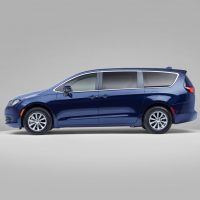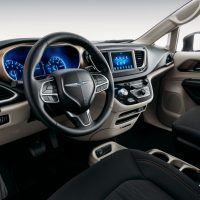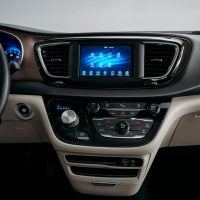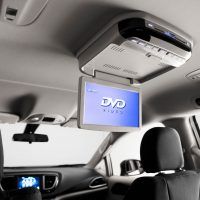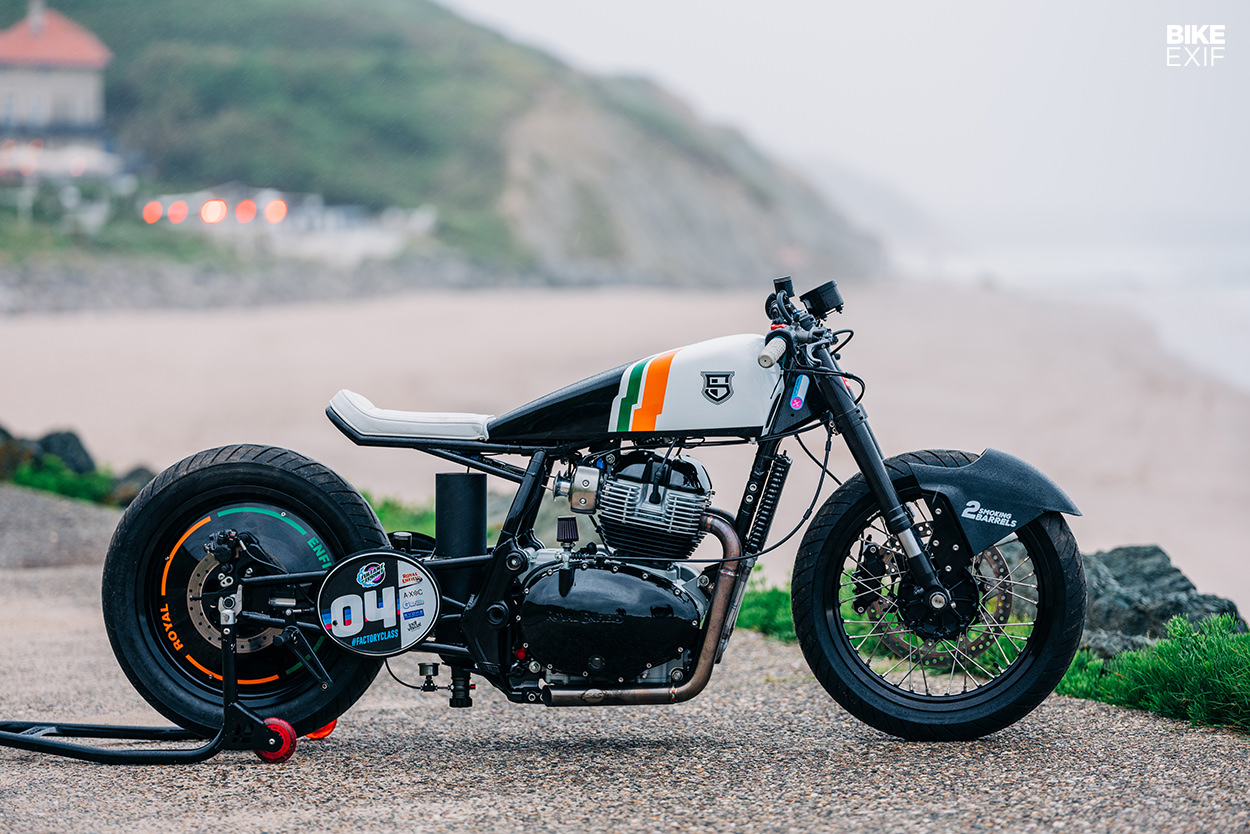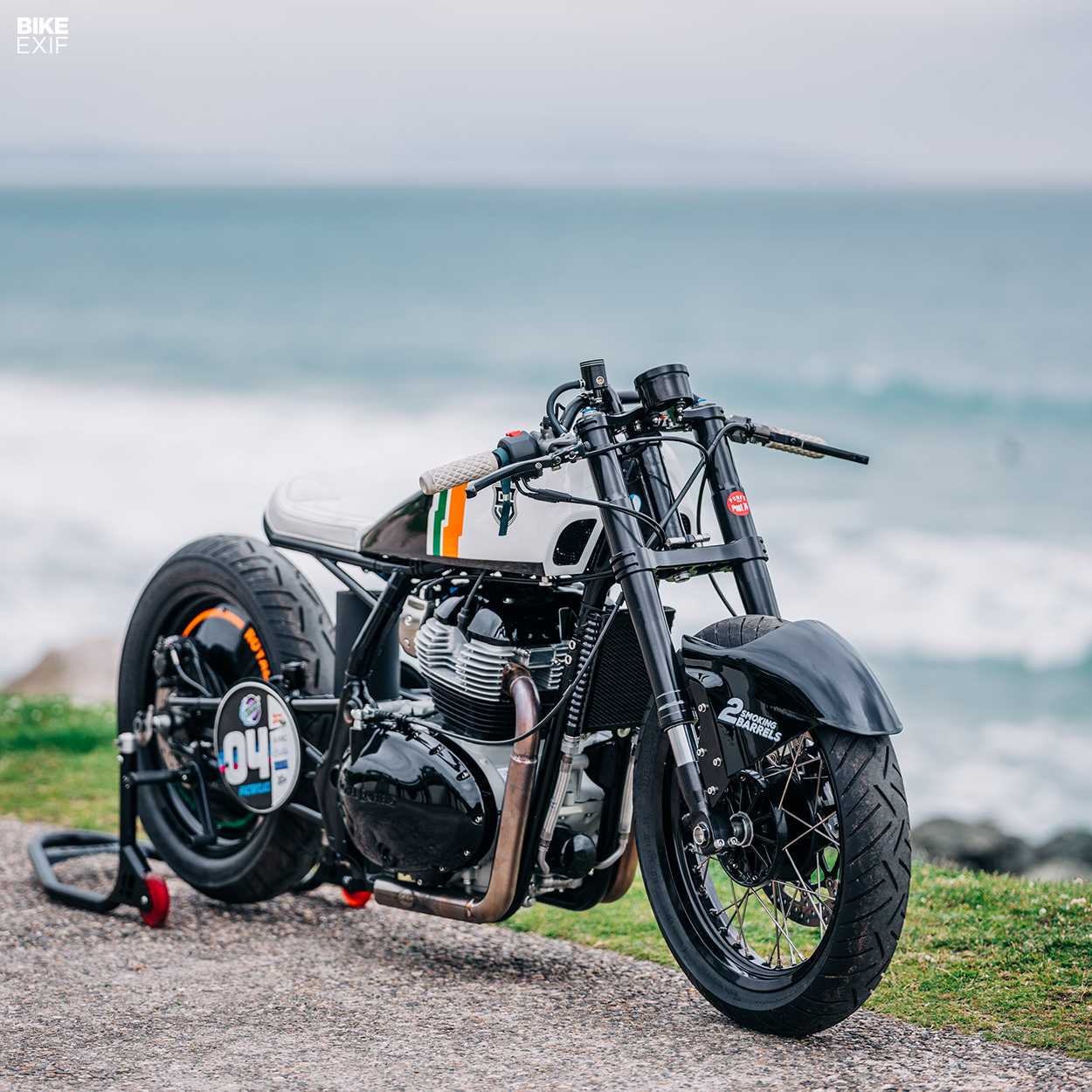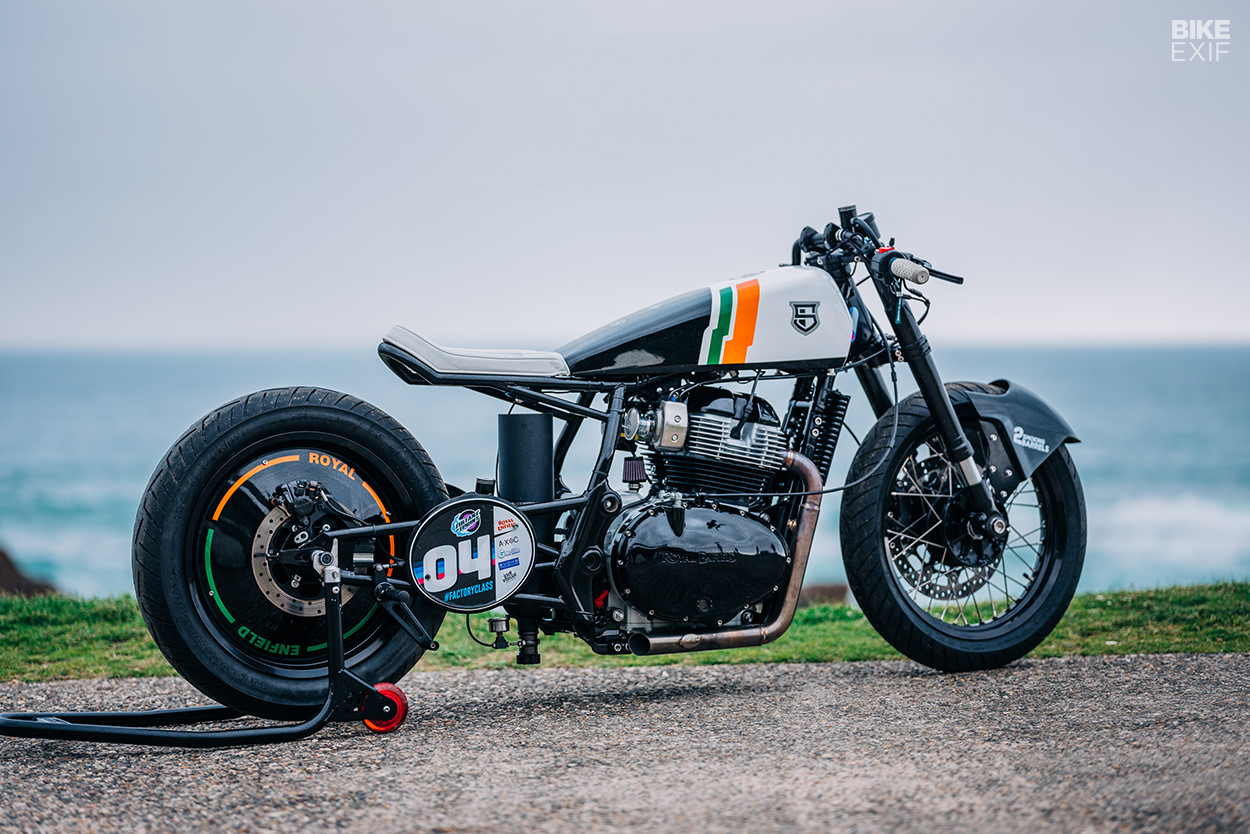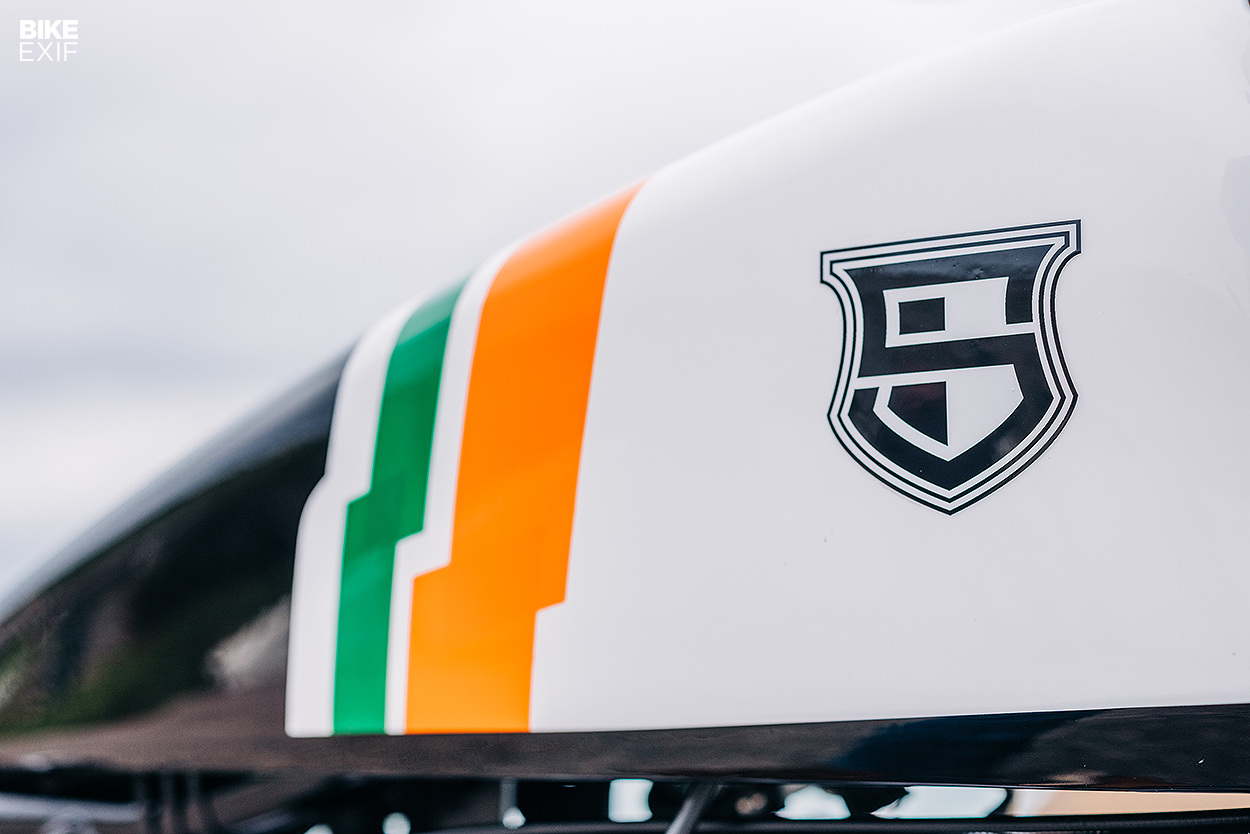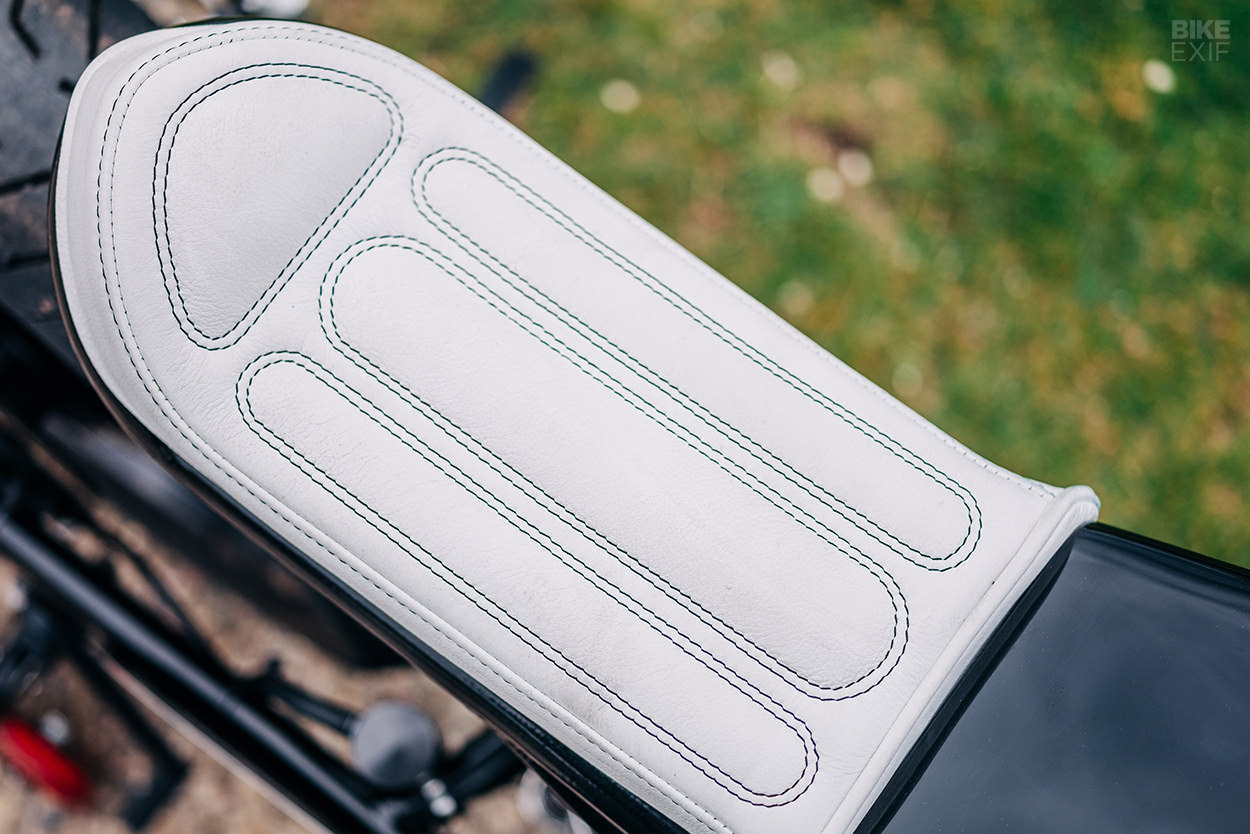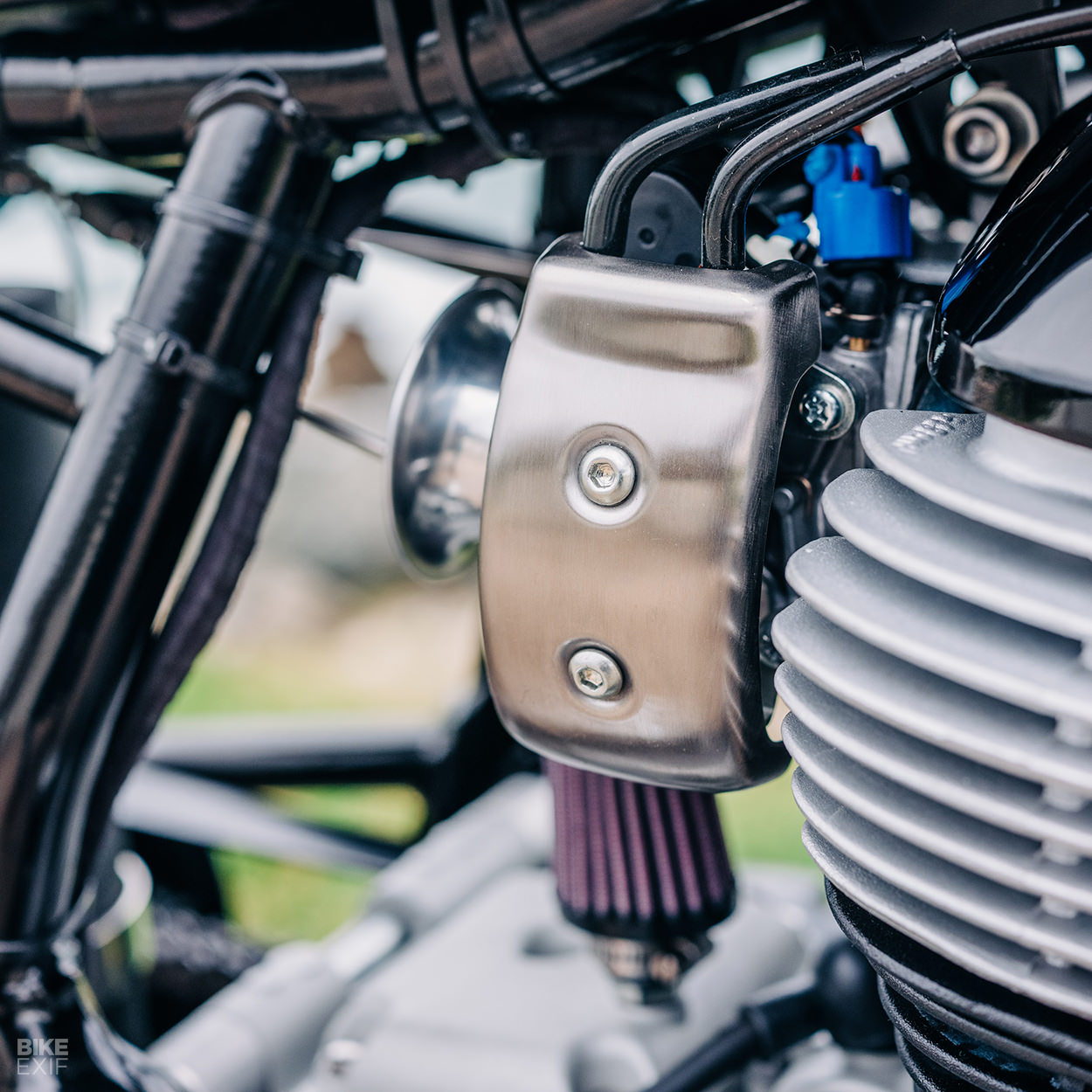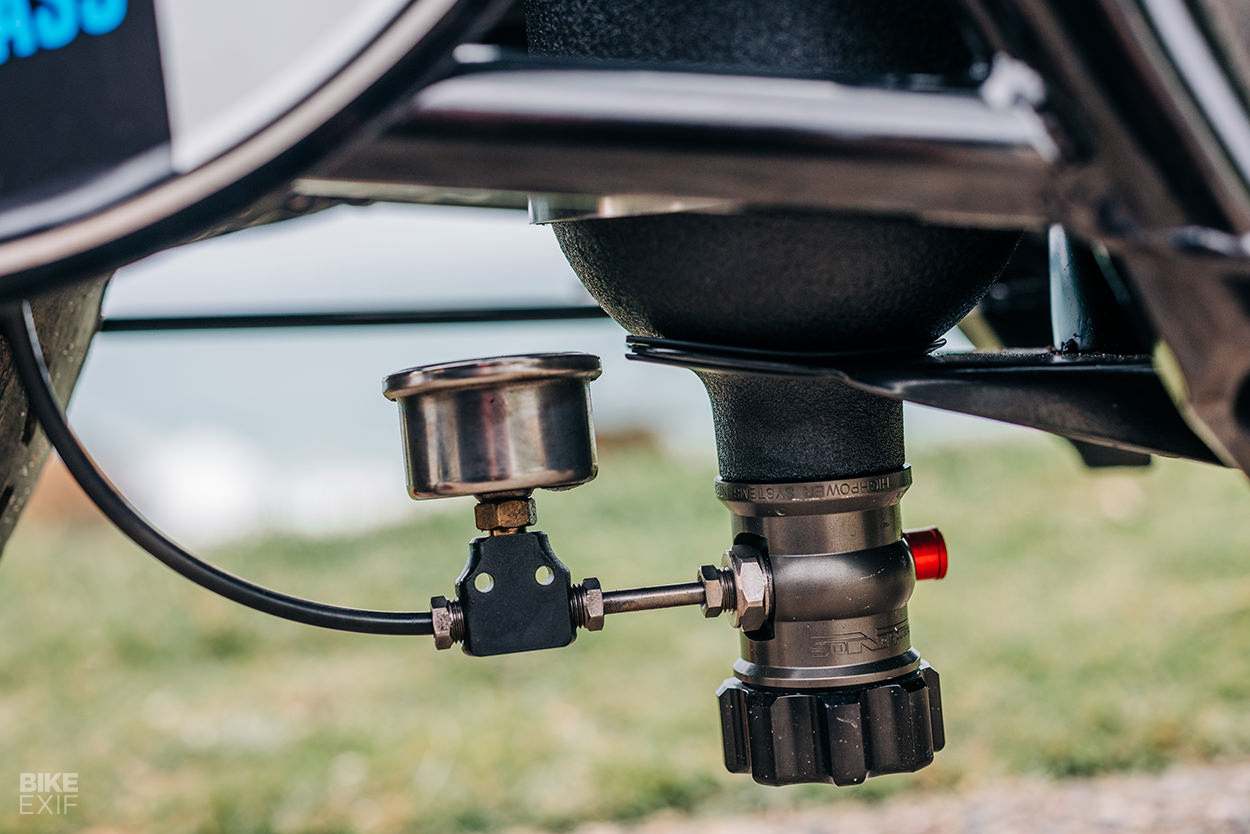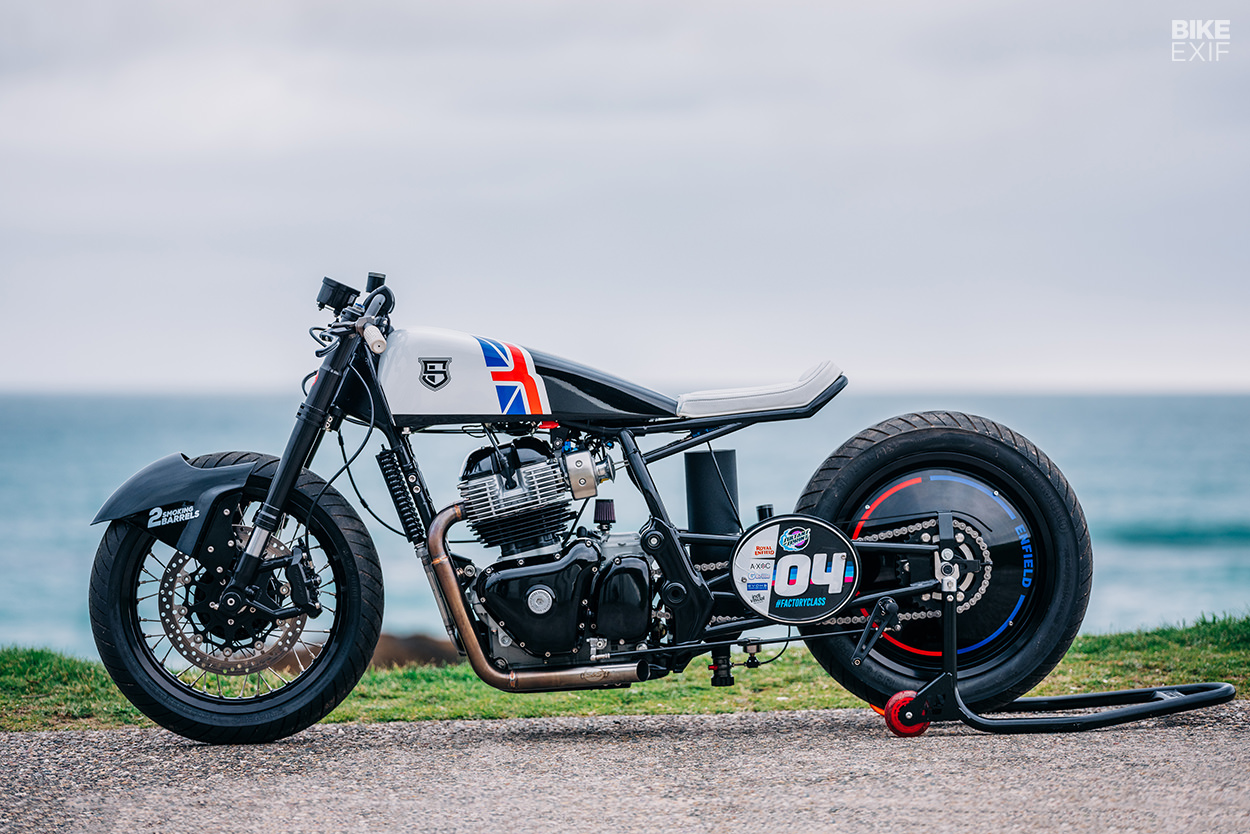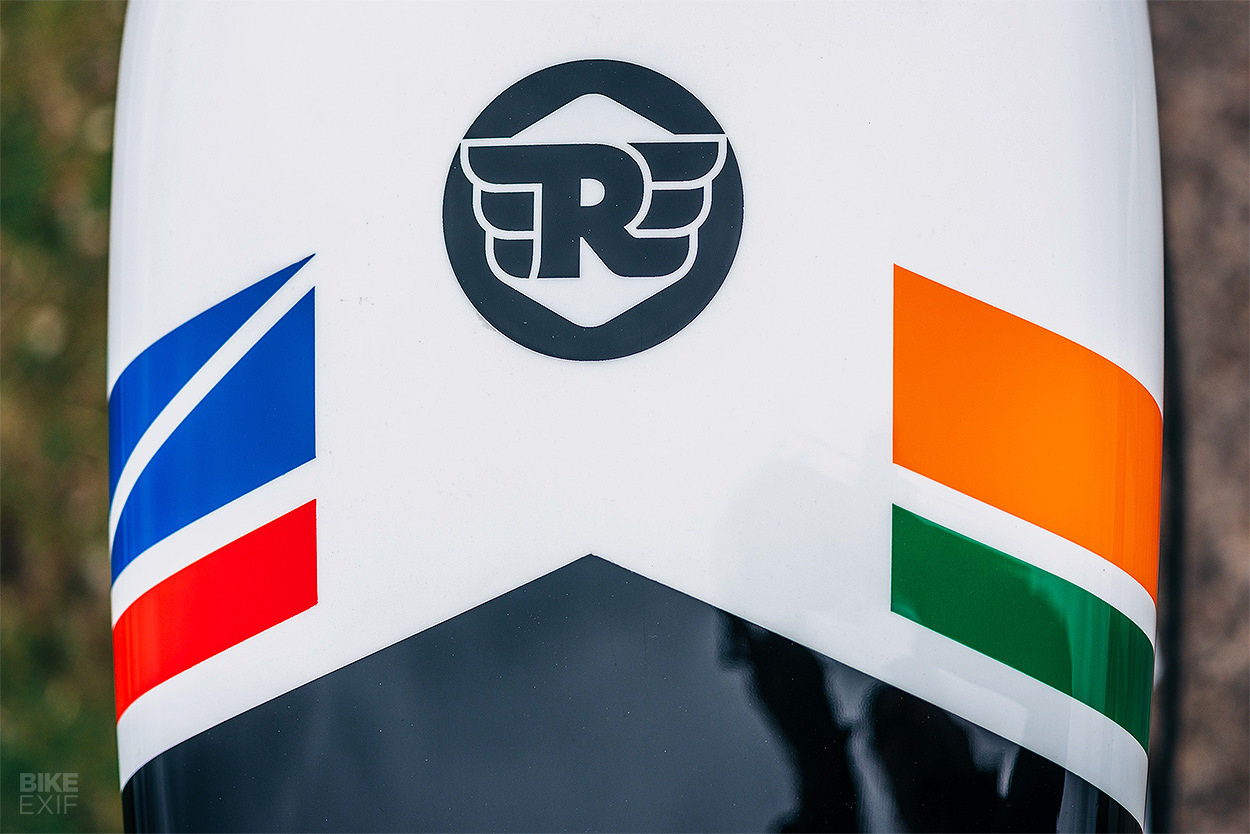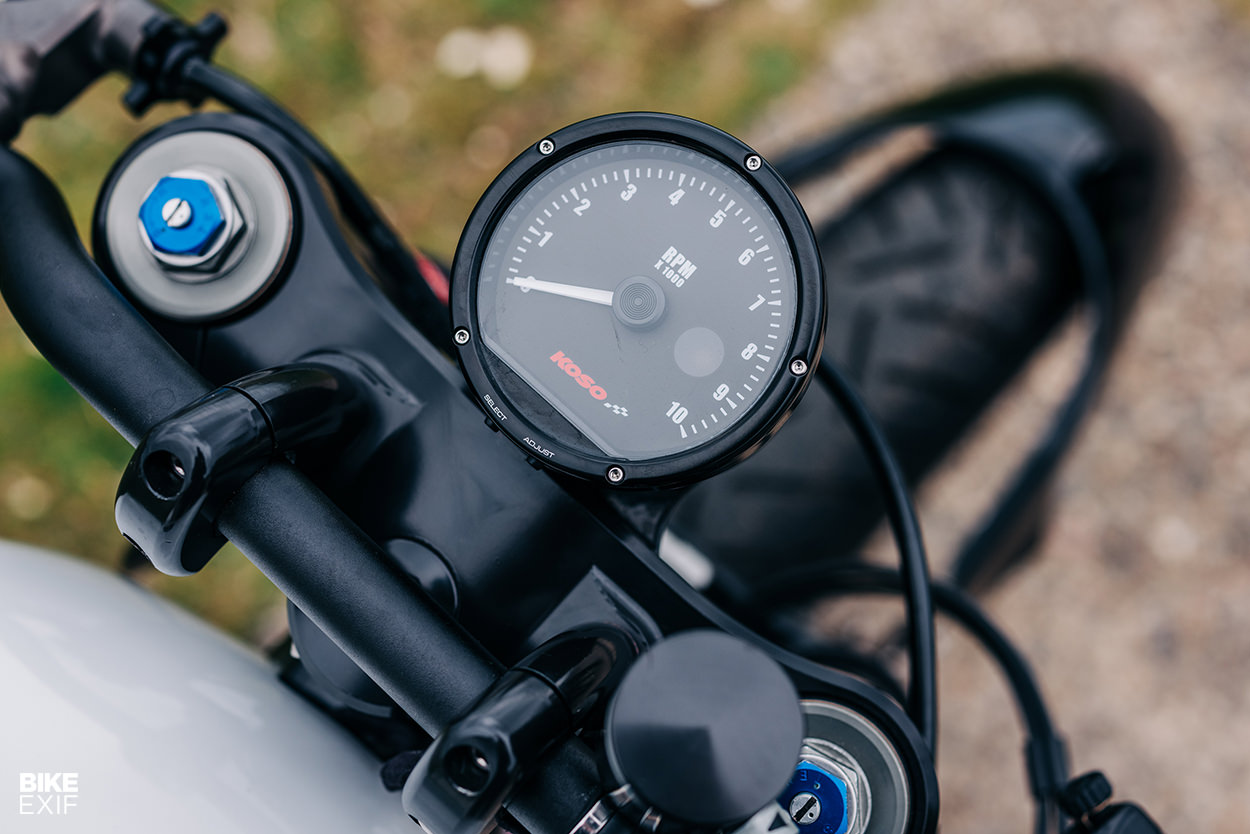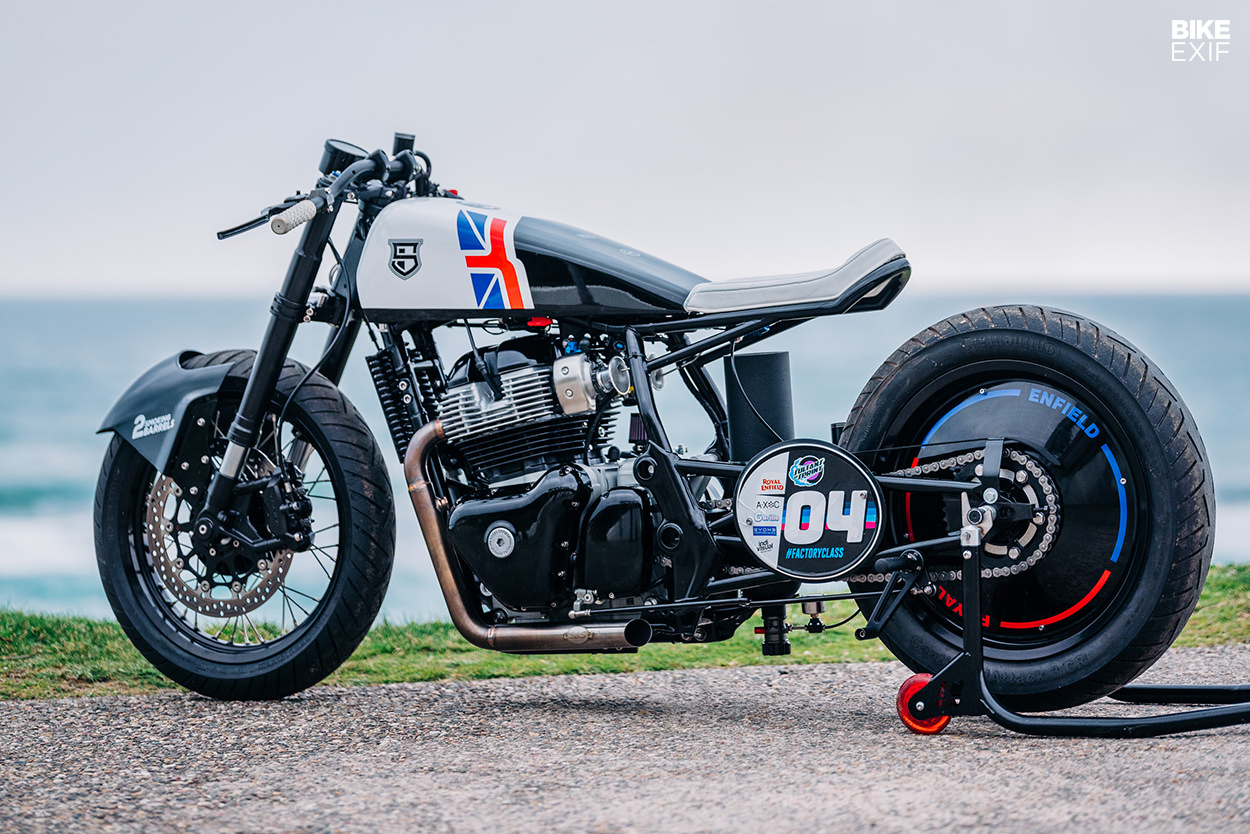- The 2020 Chevy Silverado HD receives a host of upgrades to increase performance.
- Heading into retirement is the 6.0-liter gas engine. A more powerful gas V8 takes its place.
- The Duramax power figures are unchanged but new cooling methods boost towing numbers.
- From the engines and chassis, to all the towing tech: an in-depth look at the new Silverado HD.
Chevrolet has been teasing us with the new Silverado HD since last year. We knew it would look like a hulked-up Silverado 1500; we were expecting it to be, per Chevy’s promises, the strongest and most capable Silverado HD ever made. After debuting earlier this year, we felt an in-depth look on the inner makings of the 2020 Chevy Silverado HD was in order.
Turns out, our lucky stars were smiling upon us. We had the chance to chat with Bob Walczyk, Chevrolet Product Marketing Manager for light and heavy duty pickups.
If there’s one person who knows every nut and bolt in the new Silverado HD, it would be Bob Walczyk. “I’ve actually been working on this new generation truck since its inception,” he said. “I’ve been quite intimate to the vehicle all along the process here. It’s very exciting now to see this thing on the road.”
2020 Chevy Silverado HD: What’s New?
Let’s proceed to the most obvious part: the way it looks. No doubt, the new Silverado HD is bigger, longer, and taller than before.
In fact, the wheelbase is 5.2 inches longer than the outgoing model, with overall length increasing by a massive 10.4 inches. In order to establish the truck’s presence, the width is now 81.9 inches, which is 1.4 inches wider than before. The new Silverado HD is also 1.6 inches taller overall. “One thing we got from our research was how the truck needed to be bigger,” Walczyk said. “Customers wanted it to be bigger than the light duty; it needed to be heavy duty. If I’m buying a heavy duty truck it needs to look the part.”
Despite looking like the steroid-infused big brother of the Silverado 1500, the new HD shares precisely zero body panels with the 1500 – except for the roof. The tailgate and larger hood are aluminum to manage weight, but all the other body panels are steel. Chevrolet was even kind enough to make the outer door skins smooth for easier signage applications. This is handy for business owners who put their company name, logo, and phone number on the side of the truck.
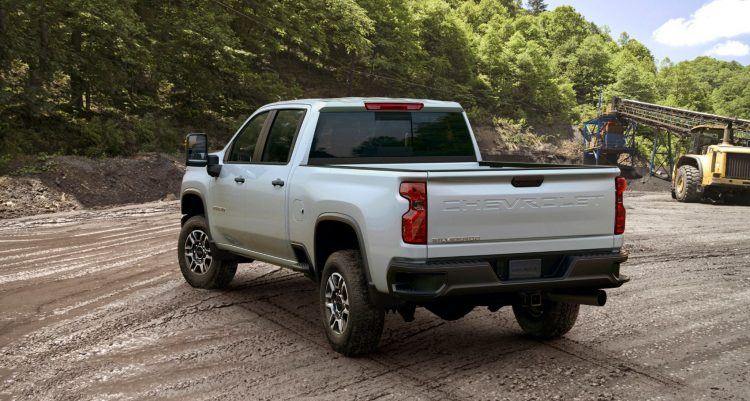
The 2020 Chevy Silverado HD comes in five trim levels: Work Truck, Custom, LT, LTZ, and High Country. There are 22 cab, bed, and chassis configurations. Photo: Chevrolet.
Beefed-Up Underpinnings
Accompanying the increase in physical size are stronger and more durable underpinnings. The driveline in the 2020 Chevy Silverado HD is larger and more muscular than before. The bigger front and rear axles connect to a robust aluminum propeller shaft. “We use 6061 P6 aluminum for the prop shaft, which is fairly common in the industry,” Walczyk said. This new prop shaft is 30 percent larger in diameter for greater strength, something Walczyk says is important. “The new HD’s prop shaft is 3.5 millimeters thick, which is the thickest gauge we’ve ever used,” he continued.
The Silverado 2500 also receives a standard 11.5-inch ring gear while the 3500 gets an enormous 12-inch ring gear.
Since the 2020 Chevy Silverado HD is bigger than its predecessor, it’s sitting on a larger chassis as well. The frame better withstands the rudiments of heavy towing by utilizing what might seem like small modifications. “Actually, one of the big things we did in the frame area was integrating our fifth-wheel prep to the frame itself,” Walczyk explained. “In the past, it was done after the truck was assembled, so we literally pulled the box, then added the plate. Now it is integrated into the frame and we’ve got a much tighter connection there. That was a huge enabler for our customers who tow,” he added.
Chevrolet also made a change in the frame regarding corrosion protection. “We believe this will outlast most vehicle ownership cycles,” Walczyk said.
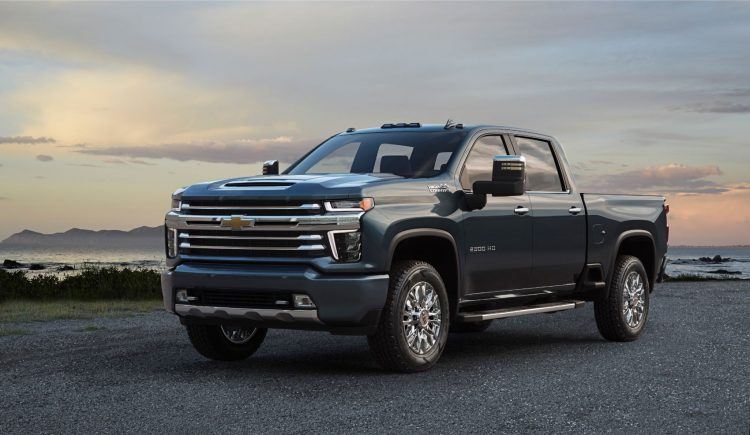
When properly equipped, the 2020 Chevy Silverado HD supports a GCWR of up to 43,500 lbs. Photo: Chevrolet.
Power To Move The World: 6.6-Liter V8
Perhaps the biggest and most important change to the 2020 Chevy Silverado HD is in the engine department. The standard motor is a larger, 6.6-liter V8 gasoline mill with direct-injection technology (GDI). The new tech allows it to churn out 401 horsepower (5200 rpm) and 464 lb-ft. of torque (4000 rpm). That’s 11 percent more horsepower and 22 percent more torque than the previous 6.0-liter unit. Chevrolet built the new motor with a cast-iron block and aluminum heads. You’ll also find a forged steel crankshaft and forged powder-metal connecting rods.
“The 6.0-liter is very reliable, but it’s also been out there for quite a while, so we have been itching to bring the gas engine up a little more in terms of modern technology,” Walczyk said. “One of the biggest things we did was going to a direct injection system. We are going to be the first to do that in the gas engines in the heavy-duty segment.”
The GDI system allows the motor to operate at a higher 10.8:1 compression ratio. It also features a longer 3.85 stroke (versus 3.62 in the 6.0). The hike in power and torque also means greater towing capabilities – 18 percent more versus the 6.0 gas. The new gasoline motor pairs with a GM 6L90 six-speed automatic with a Tow/Haul mode.
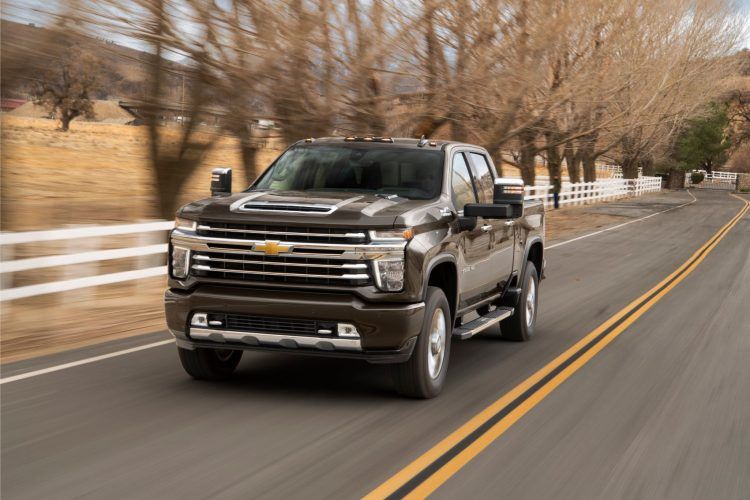
2020 Chevy Silverado HD. Photo: Chevrolet.
Power To Move The World: 6.6-liter Duramax Turbo-Diesel
However, if towing really heavy loads is a daily occurrence, you need the 6.6-liter Duramax Turbo-Diesel V8. The new Duramax produces 445 horsepower (2800 rpm) and a substantial 910 lb-ft. of torque (1600). The diesel mill connects to an Allison 10-speed automatic (10L1000) with new calibrations and a 3.42:1 axle ratio. When all is said and done, a properly-equipped Silverado HD tows up to 35,500 lbs., a 52 percent max towing increase versus the outgoing Silverado HD.
While the horsepower and torque numbers remain the same from 2017, Walczyk explains how the towing increase came about. “We haven’t really used all that power because the truck was chassis constrained and cooling constrained,” he said. “With the new architecture we opened things up; we increased airflow and oil cooling capacity.” Among the more significant changes is the 19-plate cooler versus a 15-plate cooler in the prior generation.
“And we increased the fan from 25.5 inches to 28 inches,” Walczyk added. “This fan just humongous when you see it.”
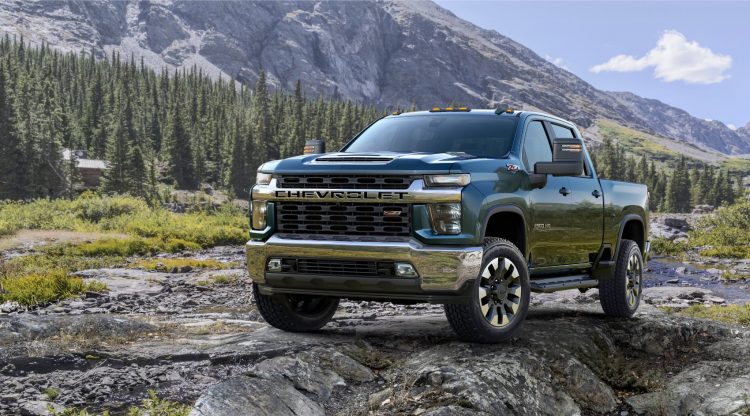
Since 2017, the hood’s upper air inlet includes an air and water separator just underneath. “We expanded that and improved on it for this new generation,” Walczyk said. “The engineering team really focused on ways to get the proper cooling so we could get the tow ratings we were looking for.” Photo: Chevrolet.
It’s All About Towing: More Tech Please
There’s a reason why buyers want a bigger, meaner, and more powerful Silverado HD. It has something to do with that thing called towing.
In addition to landing the highest possible numbers, designers spent equal time on the actual towing experience. “We did a lot of research,” Walczyk revealed. “Around 93 percent of our truck owners tow and about half tow over 8,000 lbs. regularly.” During those market research sessions, Walczyk said it was “loud and clear” that customers wanted easier towing by way of modern technology. “They were very interested in lights, cameras, and sensors,” he continued. “They wanted to see better and take advantage of those things all around the truck.”
The solution is the Advanced Trailering System, a first for the Chevy Silverado HD. The system offers up to 15 high-definition camera views, including surround vision, a bed camera, and a trick transparent trailer view camera. The latter allows you to see out the back as if the trailer wasn’t there in the first place! It uses two cameras: one tailgate-mounted camera and an available accessory camera for the rear of the trailer.
It’s All About Towing: Vantage Points
When pulling a trailer down the road, the camera system matches the turn signals; meaning when the left signal is on, the camera view is bias to the left, and vice versa for the right.
“Your view is going to be 80/20, 70/30 or 60/40 depending on how far you’re turning the steering wheel and in what direction,” Walczyk said. “It really zeros in on where that trailer is going. If you are pulling a 40-foot trailer, you’re going to see if you are getting near that curb or not.”
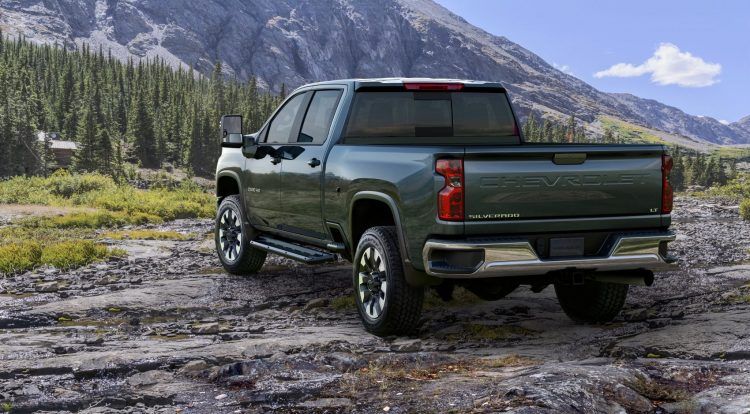
The corner steps in the rear bumper increase in size for 2020. Photo: Chevrolet.
Related: From 1918 to 2019: a walk through over 100 years of Chevy truck history.
Diesel After-Run Feature
Think of it as a “turbo timer,” the same thing found in tuned examples of the Mitsubishi Lancer Evolution and Subaru Impreza. The idea is to keep the engine running or idling after a demanding towing situation. The diesel after-run feature prevents the engine from shutting down for up to 15 minutes, giving the motor a chance to cool using the larger fan.
But what happens if you throw it in park and turn the engine off? The truck will simply restart after departing the cabin, turning itself off after reaching the appropriate temperature. So what you basically have is an immensely powerful diesel truck with a sports car feature.
Neat stuff, I say.
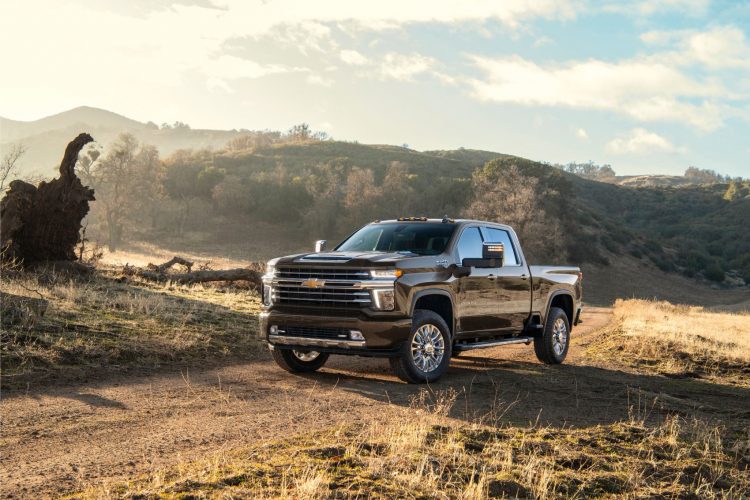
The 2020 Chevy Silverado HD is built at Flint Assembly in Flint, Michigan. Photo: Chevrolet.
Family Matters
For many, buying a truck is more than just purchasing a vehicle. It’s more than having the freedom to move about, or the ability to haul everything in a single load. Like most trucks, the 2020 Chevy Silverado HD will end up a member of the family. It’s the pal at work, or the friend who is with you no matter what. A survey last year from Chevy and Harris Poll found that 45 percent of truck owners plan on passing their pickup down to a child or loved one. Another 60 percent say they “cannot live” without their truck.
“People spend a lot of money on these trucks, so they want the vehicle to do everything for them. It’s something they use for their livelihood and to pull their toys on the weekend,” Walczyk said. “I’m driving one right now and it’s phenomenal; it’s been a joy to drive.”
Alvin Reyes is the Associate Editor of Automoblog. He studied civil aviation, aeronautics, and accountancy in his younger years and is still very much smitten to his former Lancer GSR and Galant SS. He also likes fried chicken, music, and herbal medicine.
Photos & Source: Chevrolet.

from Automoblog.net https://ift.tt/2JeQmGm

